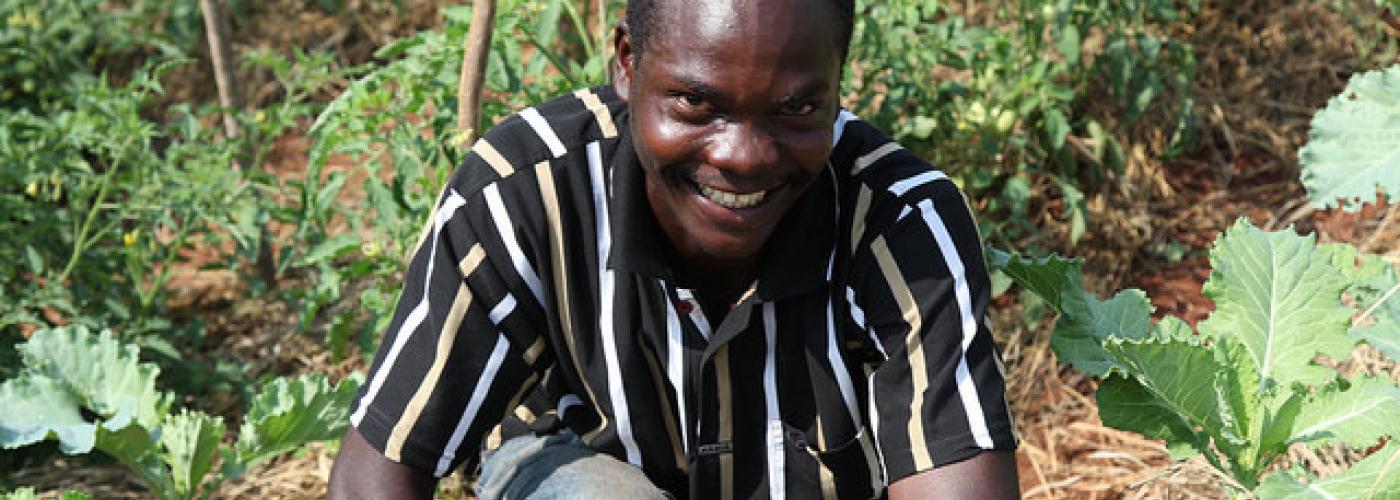New Findings About Investing in Resilience: Evidence From Northern Kenya
Image

Cyclical droughts in Kenya threaten lives and livelihoods, not to mention costing the Kenyan economy billions of dollars in losses to the livestock sector alone. Following the historic drought in 2011, the Government of Kenya, USAID, and other donors committed to making long-term investments to address the underlying causes of these recurrent crises and to responding earlier and more effectively when they do occur.
A new report released by USAID examines two main questions: how bad was the 2016-2017 drought in Kenya, compared to the signature recent drought in 2010-2011, and given the relative severity of the 2016-2017 drought, was the depth of food insecurity and food assistance costs associated with responding to it less than what we might expect given historical outcomes?
(Access the full report and additional resources below.)
Despite repeated severe droughts in 2016-2017, the report found that the severity of Kenyan food insecurity was substantially less than during the 2010-2011 drought and substantially less than might be expected given historical relationships between drought severity and humanitarian need.
In line with this, U.S. government expenditures were also substantially less (about half) than what might be expected based on historical relationships. Key findings that support these observations include:
- Both the extent and depth of food insecurity was much lesser in 2017 than in 2011. In 2011, the number of severely hungry Kenyans was approximately 2.8 million; in 2017, it was around 1.8 million.
- An estimated 500,000 fewer people were in need of humanitarian assistance in 2017 than would be expected, based on the historical relationship between drought severity and humanitarian assistance.
- Despite three severe consecutive droughts, deflated US Government food aid expenditures for Kenya in 2017 were about half of the expenditures during the last two severe crises in 2011 and 2009. Together these findings suggest that Kenya was substantially more resilient to these types of climatic shocks in 2017 than it was in 2011.

